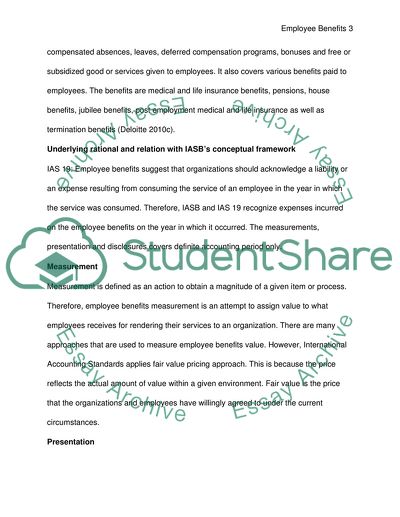Cite this document
(IAS 19 Employee Benefits Issues Report Example | Topics and Well Written Essays - 1500 words, n.d.)
IAS 19 Employee Benefits Issues Report Example | Topics and Well Written Essays - 1500 words. https://studentshare.org/finance-accounting/1564060-employee-benefits
IAS 19 Employee Benefits Issues Report Example | Topics and Well Written Essays - 1500 words. https://studentshare.org/finance-accounting/1564060-employee-benefits
(IAS 19 Employee Benefits Issues Report Example | Topics and Well Written Essays - 1500 Words)
IAS 19 Employee Benefits Issues Report Example | Topics and Well Written Essays - 1500 Words. https://studentshare.org/finance-accounting/1564060-employee-benefits.
IAS 19 Employee Benefits Issues Report Example | Topics and Well Written Essays - 1500 Words. https://studentshare.org/finance-accounting/1564060-employee-benefits.
“IAS 19 Employee Benefits Issues Report Example | Topics and Well Written Essays - 1500 Words”. https://studentshare.org/finance-accounting/1564060-employee-benefits.


